Pitbull KoM pedal review
Quick to engage - but missing some of the adjustments and consistency of position that road cyclists would benefit from
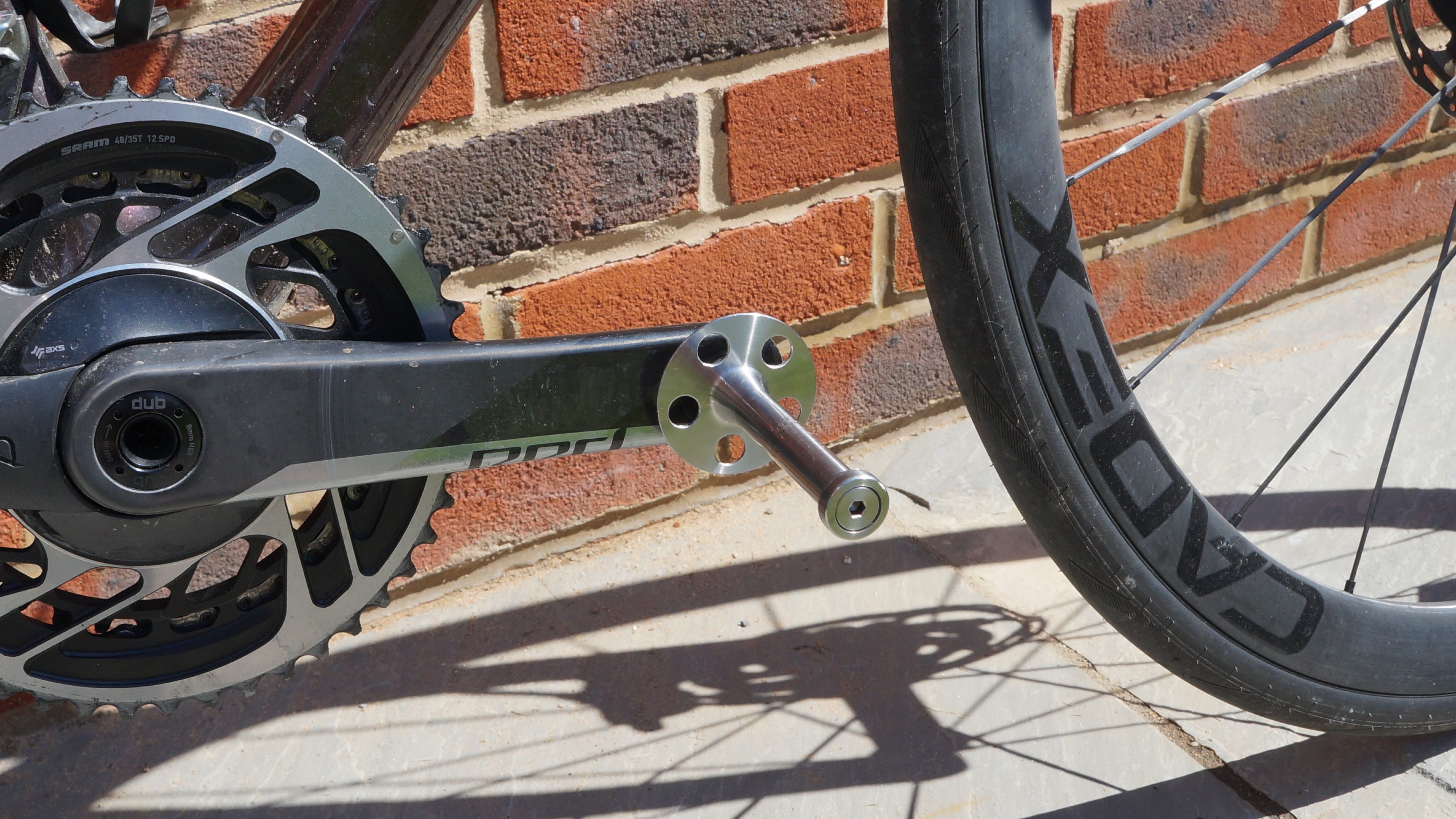
It's great to see something a little different on the market, and Pitbull's KoM pedals do offer extremely quick engagement and a strong hold on the cleat when pedalling hard out the saddle. However, in this case, this isn't a solution we could wholeheartedly recommend for road cyclists - who tend to want to adjust their fore/aft, and keep q-factor relatively static. Those making shorter journeys will probably be better served by this system, and the 360 degree rapid engagement it offers.
-
+
Quick engagement
-
-
No fore/aft adjustment
-
-
Changing q-factor
-
-
Scratches on pedal body
-
-
2mm Allen key bolt spring fitment
You can trust Cycling Weekly.

You can’t miss a pair of Pitbull clipless cycling pedals on a bike - the steel bar system is impossible to ignore. The brand’s USP is the claim that the system offers the fastest engagement on the market, which could appeal to beginner cyclists wishing to limit the chance of the slow topple at the lights, or crit racers concerned about those crucial first seconds from the gun.
However, based on our testing, we would be inclined to advise that riders concerned about engagement speed would be better off fitting a pair of SPDs, or, just practising riding with clipless pedals on a grass playing field for half an hour. Racers will probably be put off by the aesthetic, but we can see fixie commuters enjoying using these pedals when razzing about the city.
Pitbull KoM pedals: construction
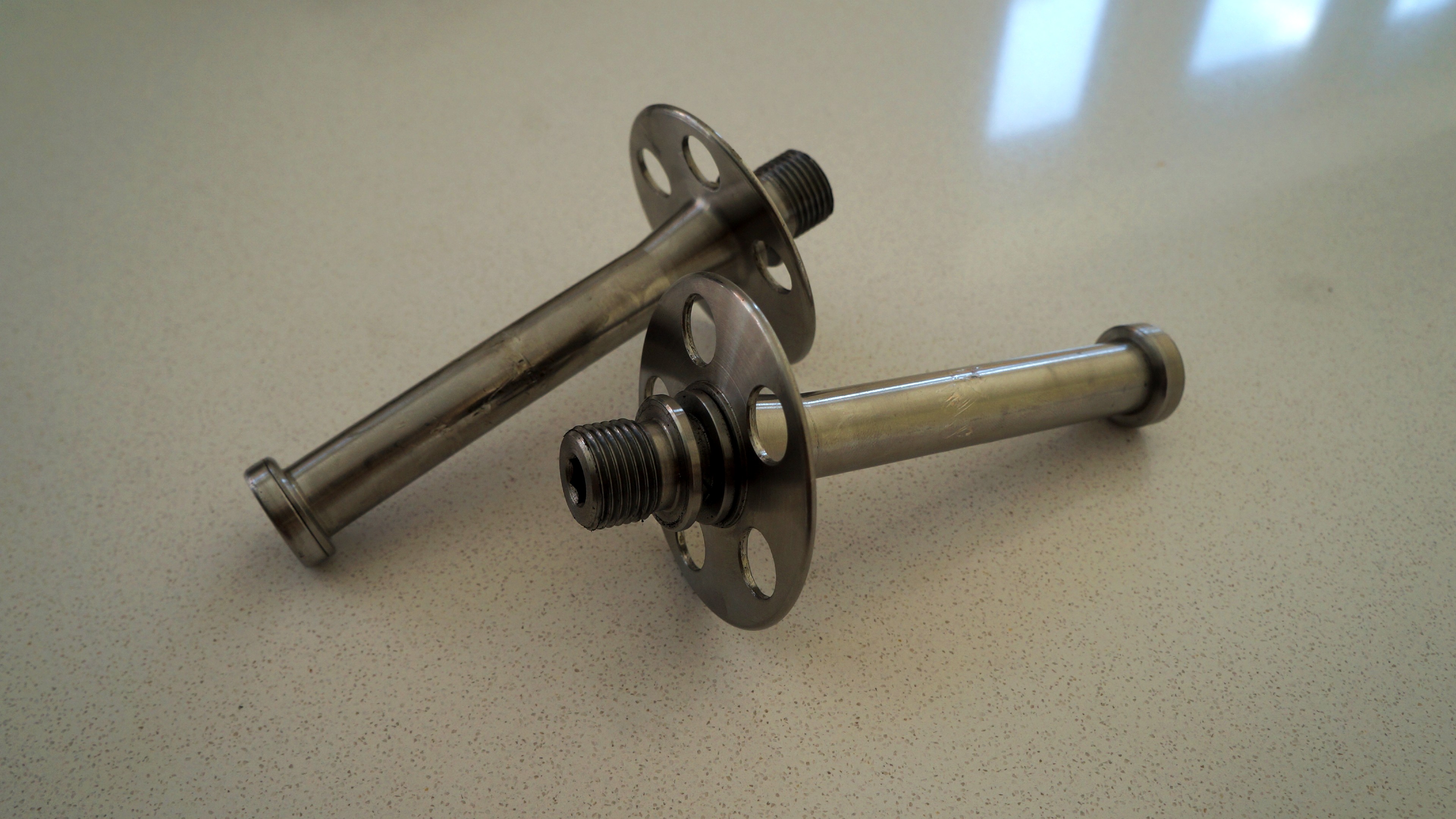
Pitbull’s KoM (King of the Mountain) pedal uses a steel bar system, similar to the Aerolite pedals which promised low weight and improved aerodynamics.
The pedals consist of a single steel bar with a steel flange at the crank end. They’re fitted via an 8mm Allen key. You can clip in anywhere on the pedal, offering 360 degrees of engagement.
The cleat is a crucial part of the system. Each pair comes with two sets: one with zero float, and one with 5 degrees of float.
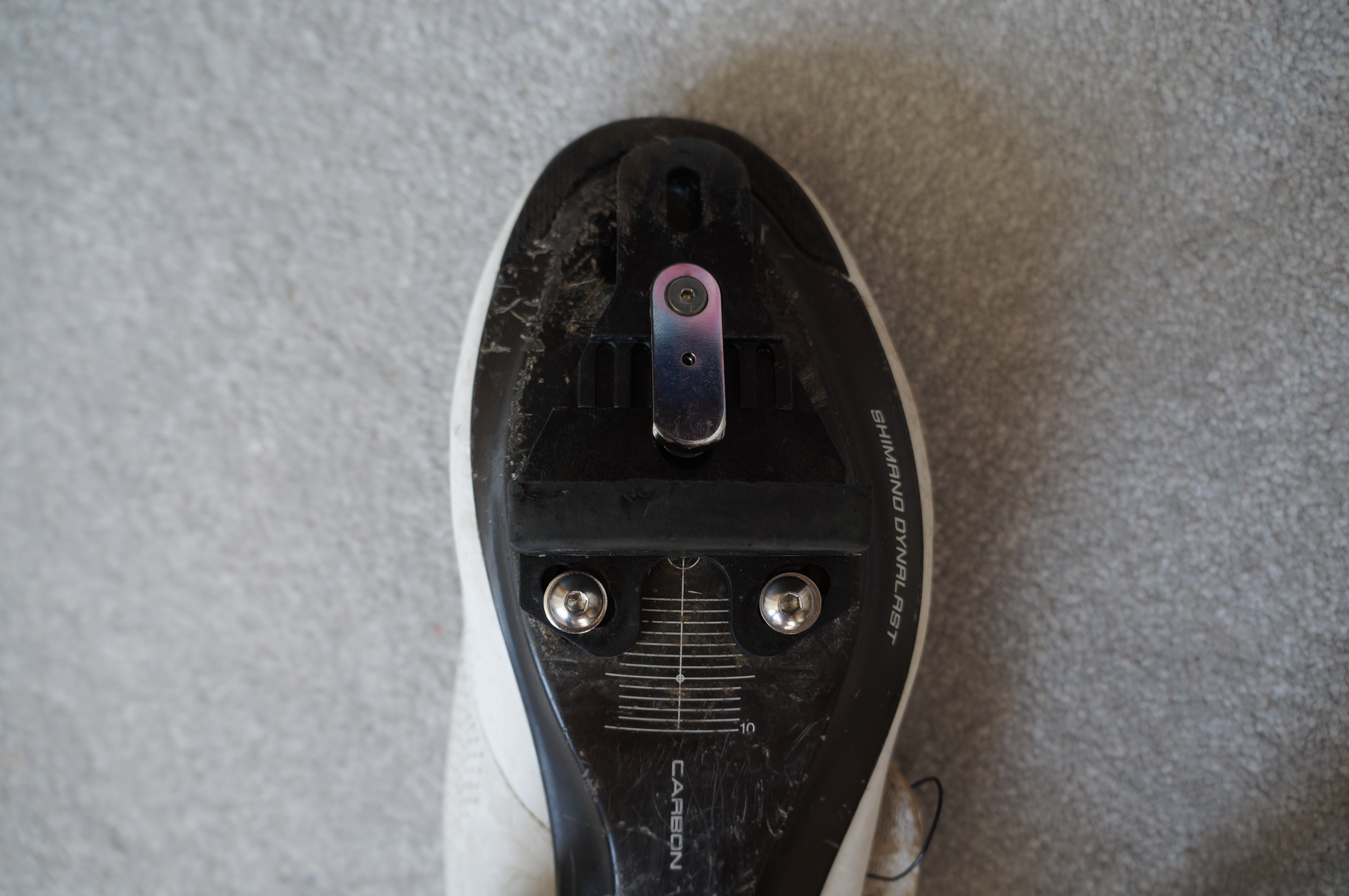
The cleat utilises a standard three-bolt fitment, however, there is no fore and aft adjustment, aside from the few millimetres you may get from the shoes themselves. You can pivot left/right if you like your cleats at an angle.
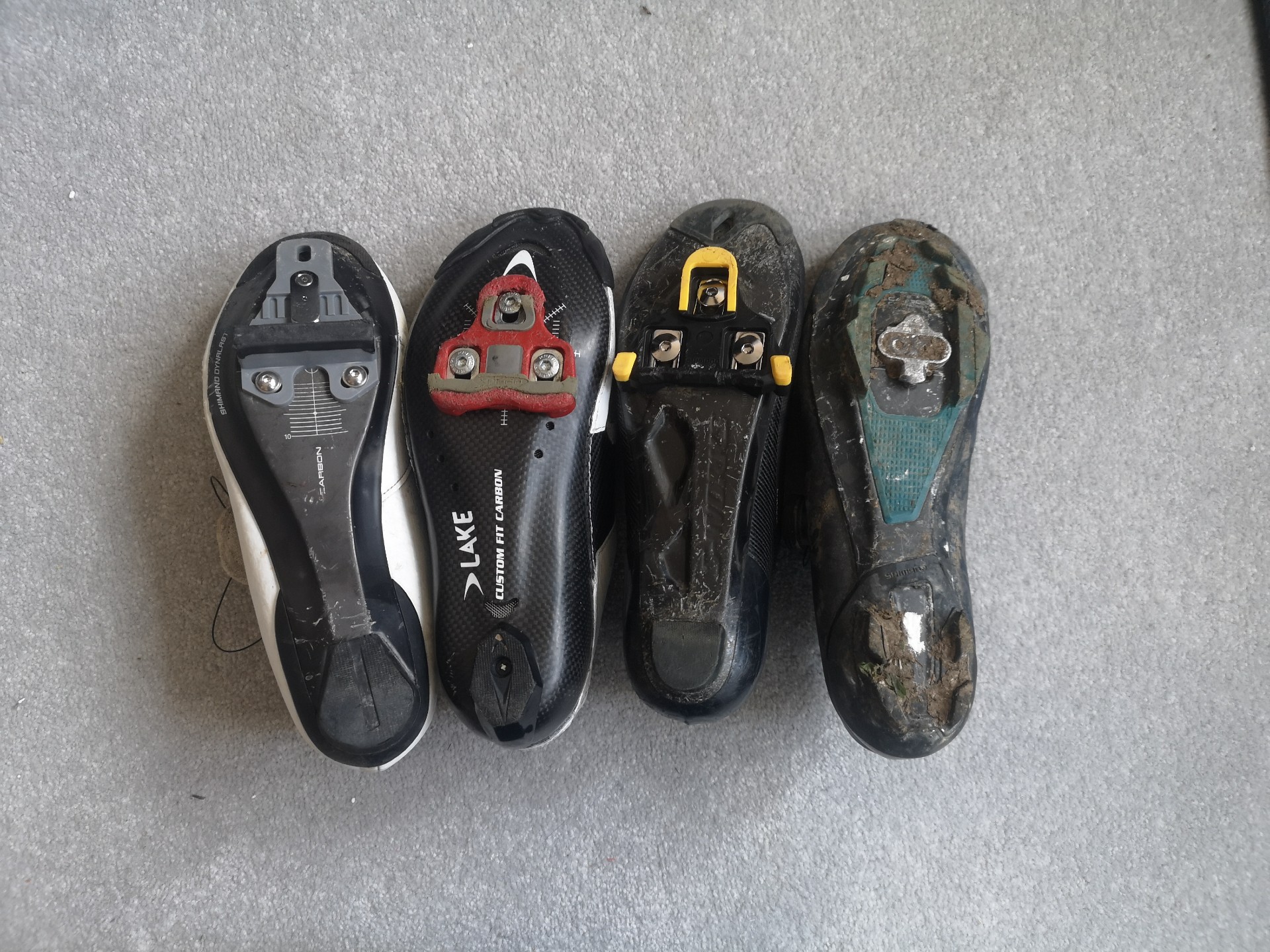
Usually, pedal brands are able to state a q-factor for their pedals. Q-factor is the distance between the outside of one crank arm to the outside of the opposite crank arm and is dictated by a range of factors: bottom bracket width, and pedal axle length.
In the case of the Pitbull KoM pedals, your foot can clip in anywhere on the bar - which means there is no static q-factor measurement. Asked about this, the brand’s rep said: “the q-factor does change if you clip in further outboard. If you take an extra second when clipping in and place your foot against the guide washer it will clip in at exactly the same spot each time,” however, I’d argue that this somewhat negates the benefit of having a quickly engaging pedal system.
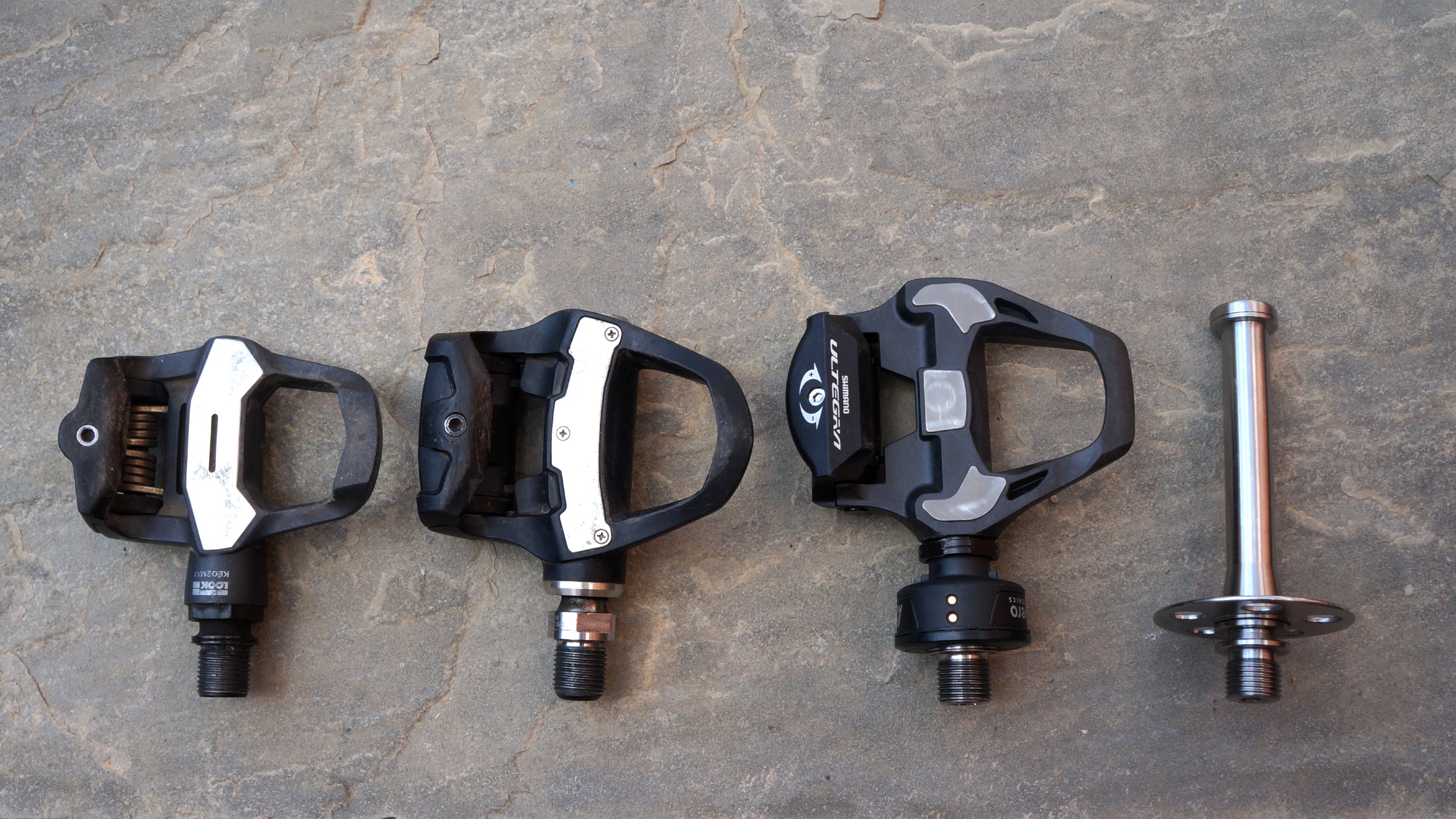
The pedal axle protrudes seemingly quite far from the bike and the difference is quite stark when compared with a Look Keo pedal. However, all pedals vary - and viewed next to the Favero Assiomo Duo-Shi, it’s not quite such a leap, but the steel bar construction does create a more intimidating aesthetic, particularly if you’re planning to use these for races.
The engagement is managed by a spring that is placed over the top of the uppermost cleat bolt. This is held in place via a 2mm Allen key bolt. Engagement tension is adjusted via tightening or loosening the small screw at the centre of the spring.
The cleat is made from a glass-filled nylon polymer, and it has a flat section, which does make it easier to walk around compared with standard road shoes.
The KoM pedals weighed in, as claimed, at 114g.
Pitbull KoM pedals: the ride
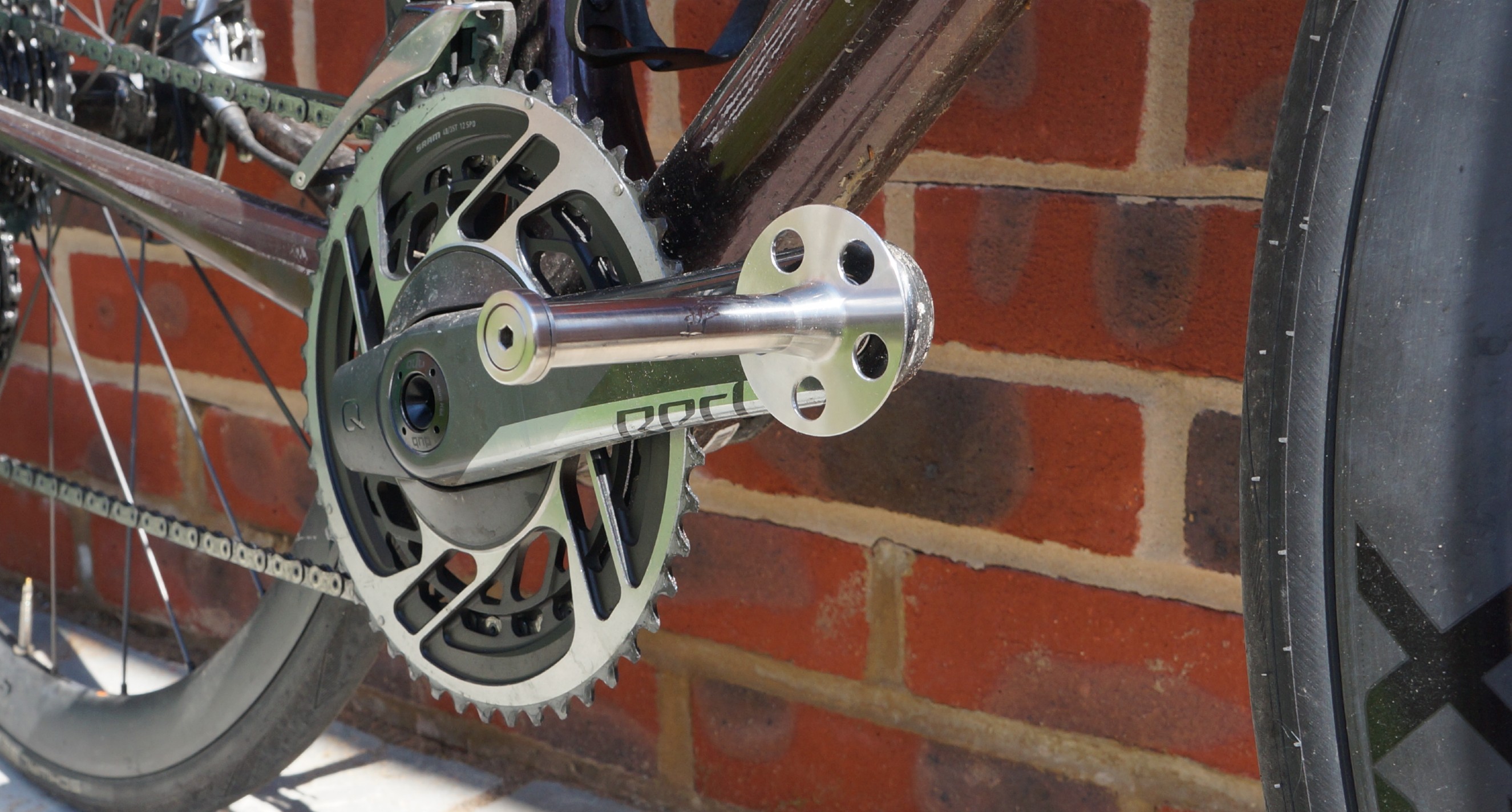
It is undeniably true that the Pitbull pedal system offers extremely fast engagement, the feeling is similar to a magnetic force, it’s a little disconcerting at first and had me clipping out ahead of junctions a metre ahead, just “in case”.
The reality is, I didn’t need to prepare in advance, because with the spring adjusted to my liking, clipping out was easy. The 360 degree engagement also means you can clip in anywhere along the bar, so, there's no fumbling around trying to flip the pedal over as per a Look or Shimano system.
Another early concern was how strong the engagement would feel under load. Again, this worry was unfounded - getting out of the saddle to push hard uphill, the connection felt strong and this was a particularly positive attribute when getting out of the saddle for short, hard climbs.
However, my first impression during the early pedal strokes was that the cleat felt too far forward on my shoe, creating a pedalling style that was too forefoot loaded. Cleat placement is highly personal, however, in this instance, it can’t be adjusted.
The floating q-factor didn’t go down well with me, either. Whilst I appreciate that q-factor does change every time you hop on to a new bike, something I do frequently, it tends to stay the same on that bike. Any road cyclist with knee pain issues would rightly feel a little concerned about this moving metric.
Commuters who use the bike to get from A to B and don't intentionally put their bodies under stress whilst seeking training gains are less frequently in danger of overuse injuries, so might feel a lot less concerned by the fore/aft lack or q-factor elements.
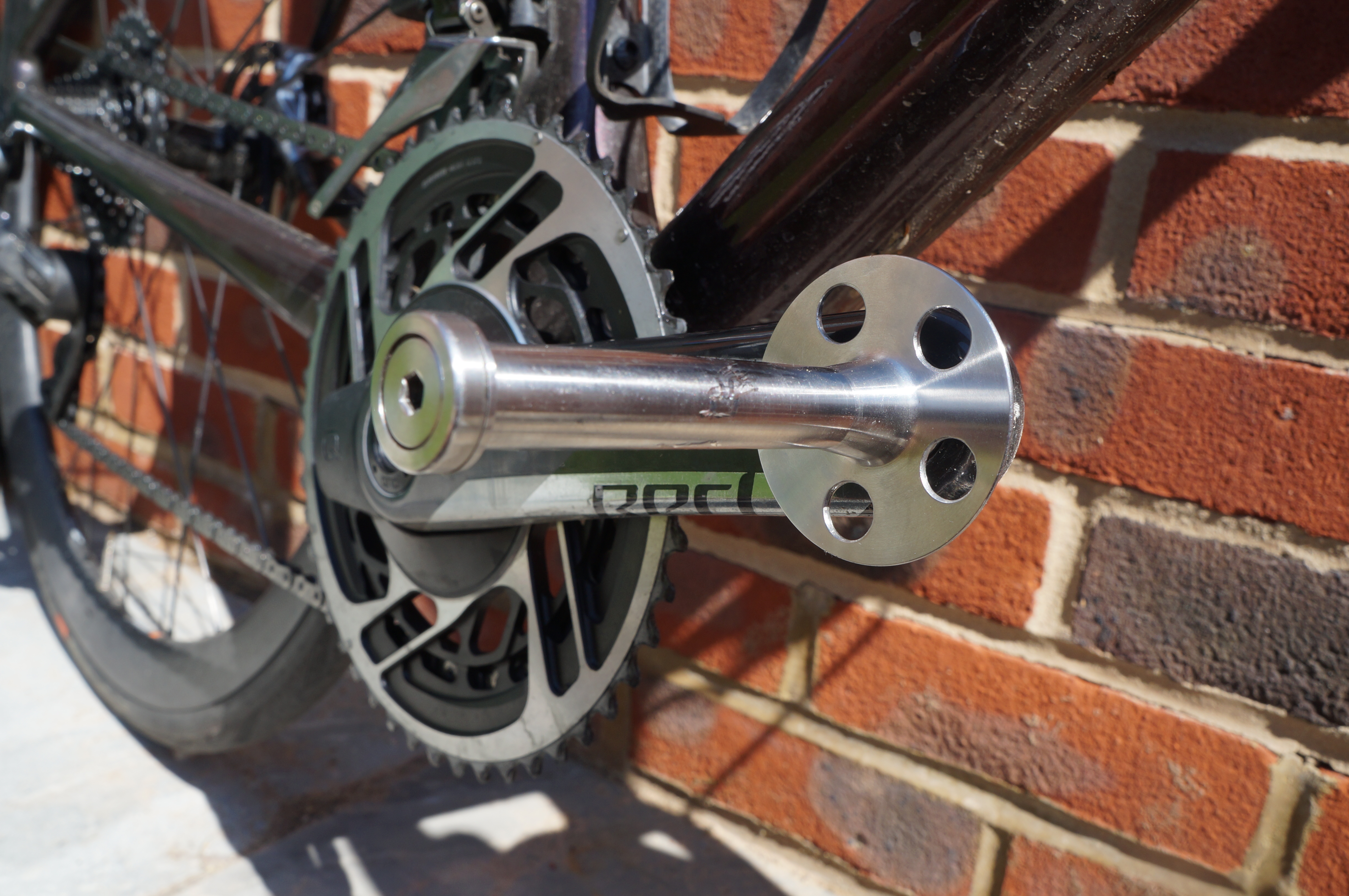
In terms of build quality, after around 10 hours of riding I’ve noticed many scuffs on the metal pedal body. Of course, this will happen via repeated engagement, similar to the scuffs that appear on the metal part of a Shimano pedal. However, since my riding time has been limited, and in this case metal makes up 100 per cent of the pedal body as opposed to a small portion, I’d be worried about how these might appear after a year.
Regarding the scuffs, Pitbull told me: "The scarring on the pedal is how we came up with the name Pitbull since these are like teeth marks! They do not cause any structural fatigue and that is how we [are able to] offer a two-year warranty on the KoM Pedal and a lifetime warranty on the training pedal."
Another concern for me is the fact that the screw which holds the spring in place is very small - using a 2mm Allen key. It seems that there’s quite a lot of reliance on one small contact point. If not fitted with care, that bolt head would be rather easy for a ham-fisted mechanic to round, and if the spring it holds in place is not straight, there will be no engagement. I know all of this because I am that ham-fisted mechanic, luckily, I had a second pair of cleats to experiment with. I would consider any issues here a user error, and Pitbull does ship the pedals with its own tools and advises you to use the tool provided. Regardless, if you are going to invest in a pair of these pedals, I’d advise taking care when fitting the cleats.
Pitbull KoM pedals: value and conclusions
The pedals, plus two pairs of cleats, come in at $129.99 (about £95).
They do engage very quickly, so if that’s what you’re after, then they might be a winner for you. I can see fixie commuters, who want something that works with little faff, having a lot of fun with these.
However, taking into account the lack of fore/aft adjustment, changing q-factor, scratches on the pedal body and small Allen key head fitment, they’re not a product we can strongly recommend.
- Weight: 114g
- RRP: $129.99 (about £95)

Thank you for reading 20 articles this month* Join now for unlimited access
Enjoy your first month for just £1 / $1 / €1
*Read 5 free articles per month without a subscription

Join now for unlimited access
Try first month for just £1 / $1 / €1
Get The Leadout Newsletter
The latest race content, interviews, features, reviews and expert buying guides, direct to your inbox!
Michelle Arthurs-Brennan the Editor of Cycling Weekly website. An NCTJ qualified traditional journalist by trade, Michelle began her career working for local newspapers. She's worked within the cycling industry since 2012, and joined the Cycling Weekly team in 2017, having previously been Editor at Total Women's Cycling. Prior to welcoming her first daughter in 2022, Michelle raced on the road, track, and in time trials, and still rides as much as she can - albeit a fair proportion indoors, for now.
Michelle is on maternity leave from April 2025 until spring 2026.
-
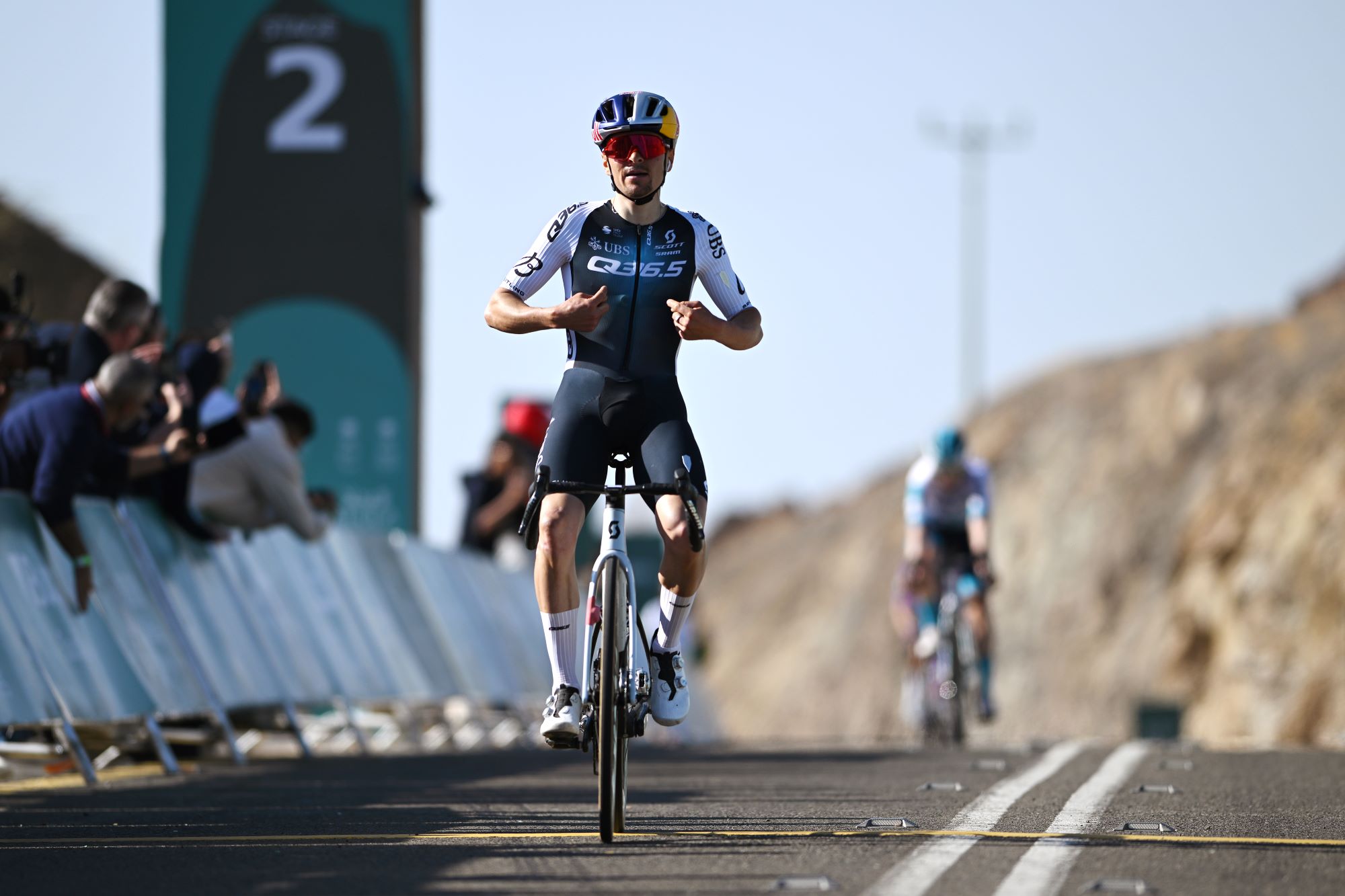 What does Q36.5 mean? We asked the people behind the Italian kit brand that sponsors Tom Pidcock's team
What does Q36.5 mean? We asked the people behind the Italian kit brand that sponsors Tom Pidcock's teamQ36.5's Luigi Bergamo and Lodovico Pignatti Morano take on Cycling Weekly's Q&A
By Tom Thewlis Published
-
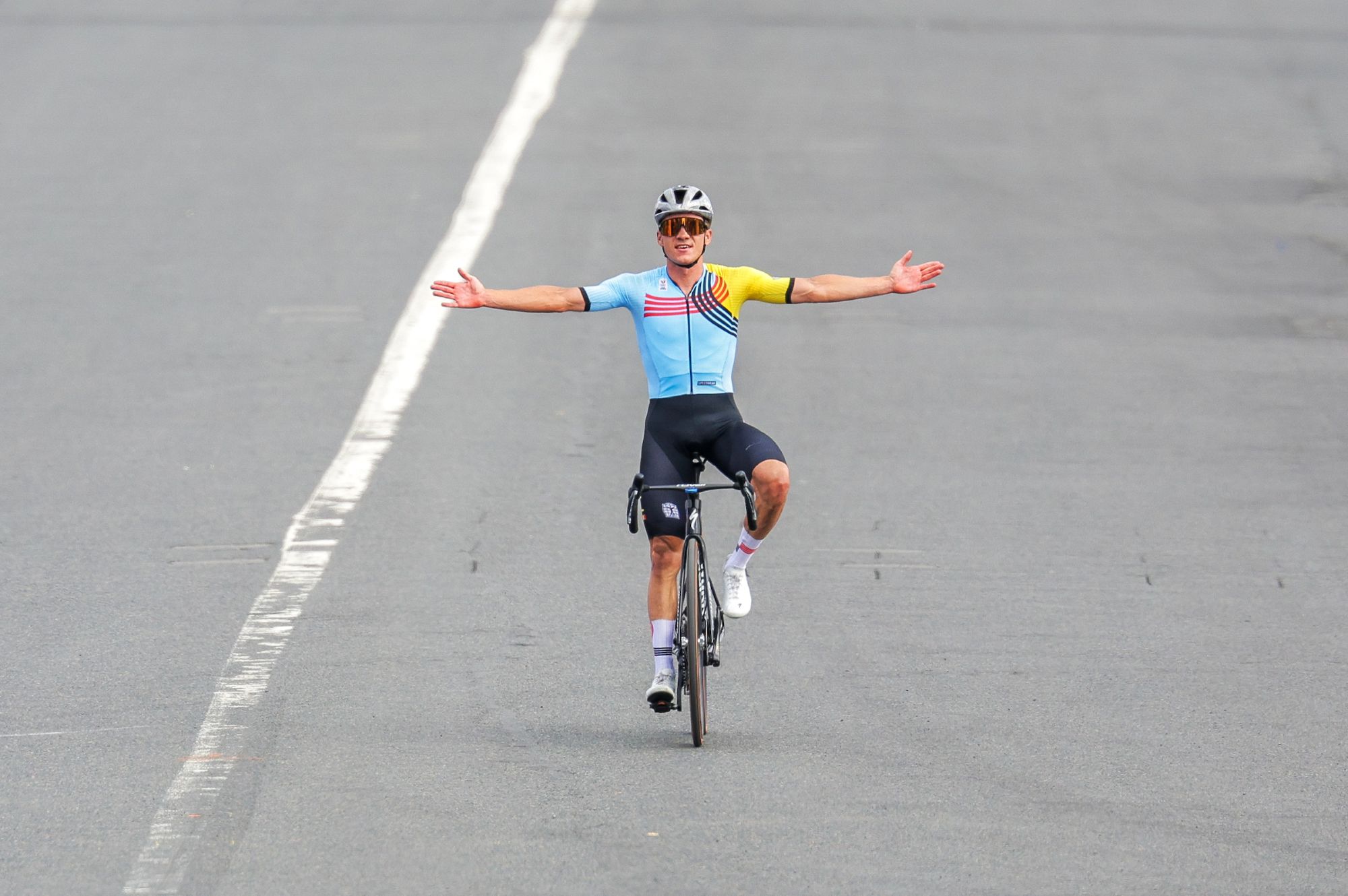 'If I were a tennis player then my career would be over': Remco Evenepoel contemplated early retirement after serious training accident
'If I were a tennis player then my career would be over': Remco Evenepoel contemplated early retirement after serious training accidentDouble Olympic champion was left with nerve damage and says his shoulder is not yet fully healed ahead of his return to racing at Brabantse Pijl
By Tom Thewlis Published
-
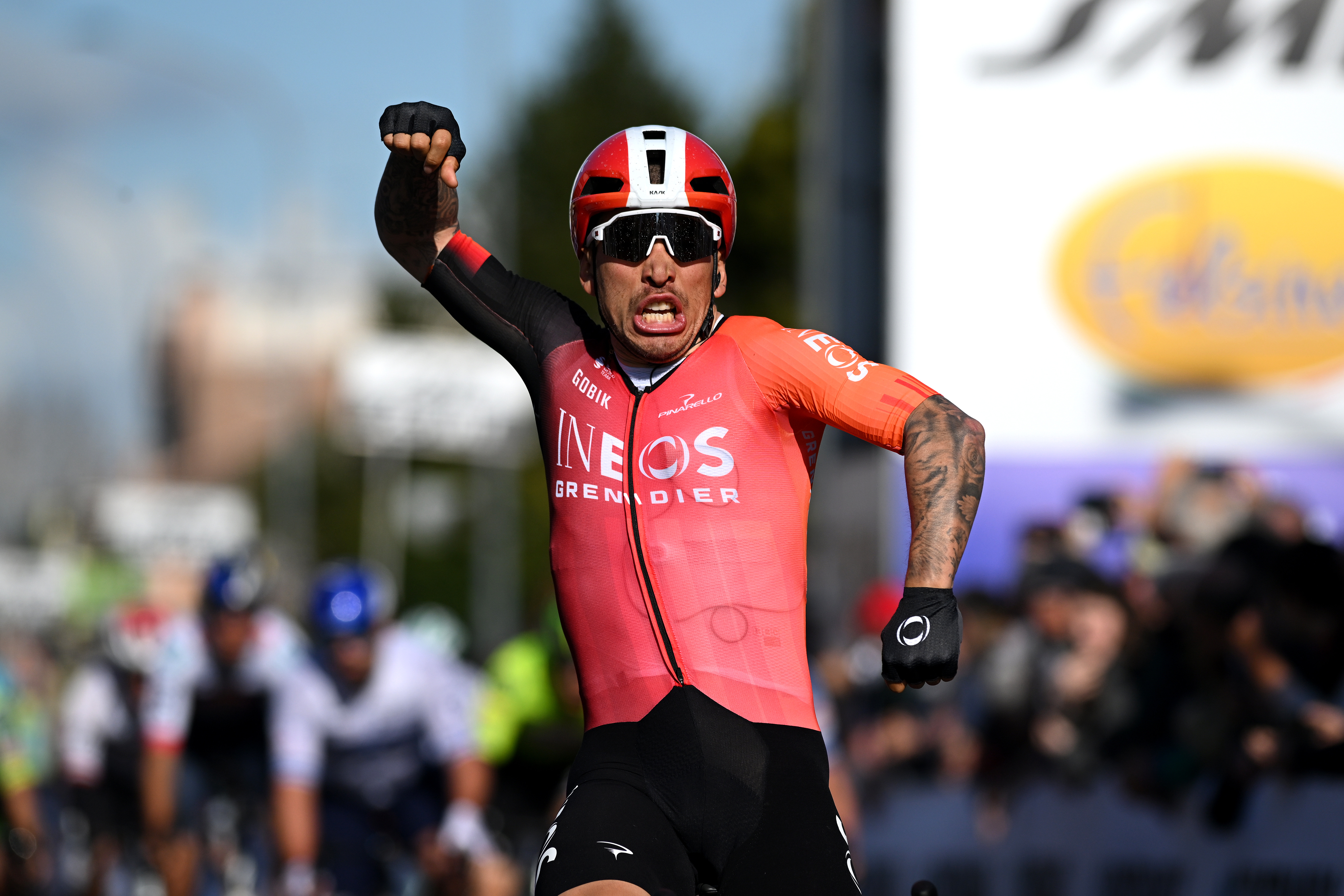 'It can really push me along' - How a velodrome comeback is making Caleb Ewan faster on the road
'It can really push me along' - How a velodrome comeback is making Caleb Ewan faster on the roadAustralian says he'll "definitely" continue track work after rekindling passion
By Tom Davidson Published